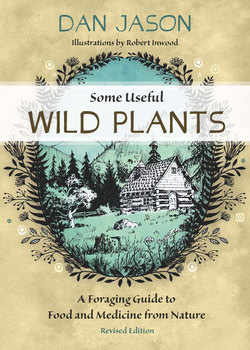Читать книгу Some Useful Wild Plants - Dan Jason - Страница 23
На сайте Литреса книга снята с продажи.
ОглавлениеClustered broomrape
Orobanche fasiculata
Orobanchaceae
Broomrape grows in dry, sandy soil mainly east of the Cascades. It is parasitic on the roots of other plants such as sagebrush. It is usually purple-tinged but may be yellowish. Leaves are scale-like and in an alternate pattern. Flowers, first appearing in early May, are two-lipped, sticky and hairy. The stem is very scaly and coarse-haired. Broomrape can grow several feet high.
The entire plant, including the roots, can be eaten raw or roasted. The juice or a decoction of young branches or seeds, or just the powdered seed, is supposed to ease pain of the joints and hips and swelling of the spleen, as well as cleanse the kidneys and bladder. The plant has been used as a toothache remedy, to kill lice, and as a skin cleanser (decocted or boiled in oil).
